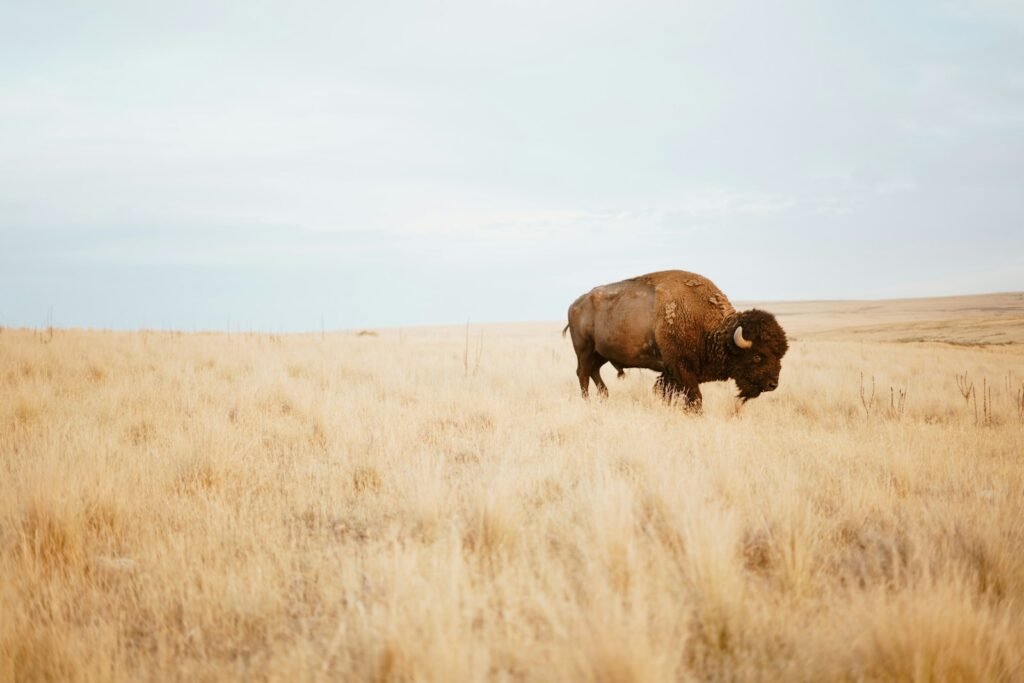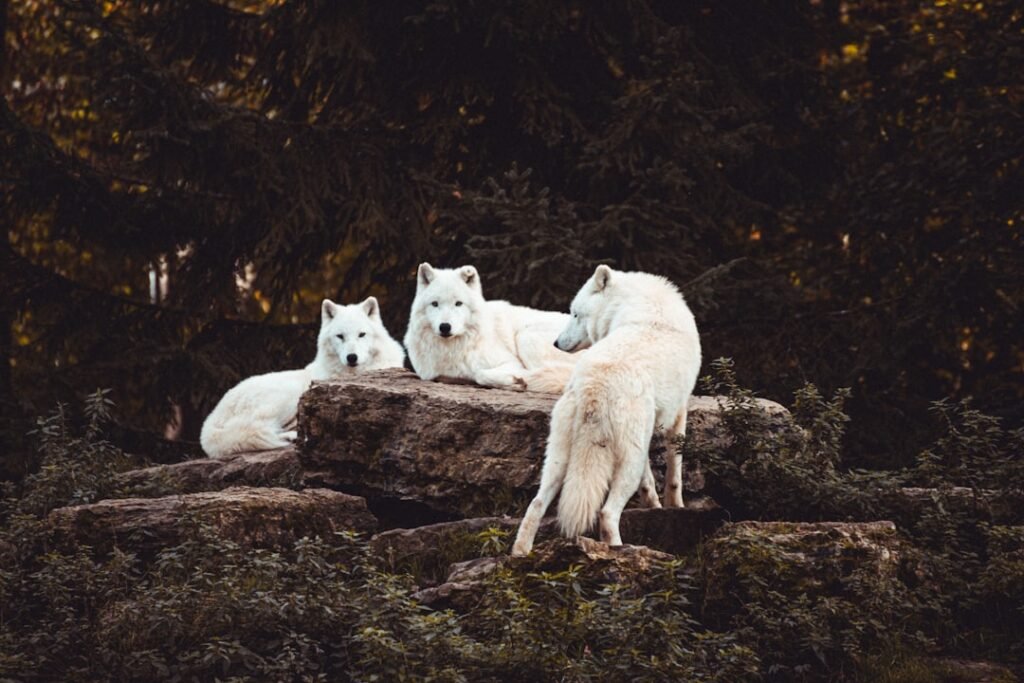Australia, known for its diverse landscapes and unique wildlife, holds a secret beneath its vast surface – a colossal supervolcano that has shaped its eastern regions. This ancient geological giant, often overshadowed by more famous volcanic sites, has played a pivotal role in forming the continent’s eastern terrain. Delving deep into the heart of this natural phenomenon unfolds a story of fire, transformation, and the relentless forces of nature.
The Hidden Giant Beneath Our Feet
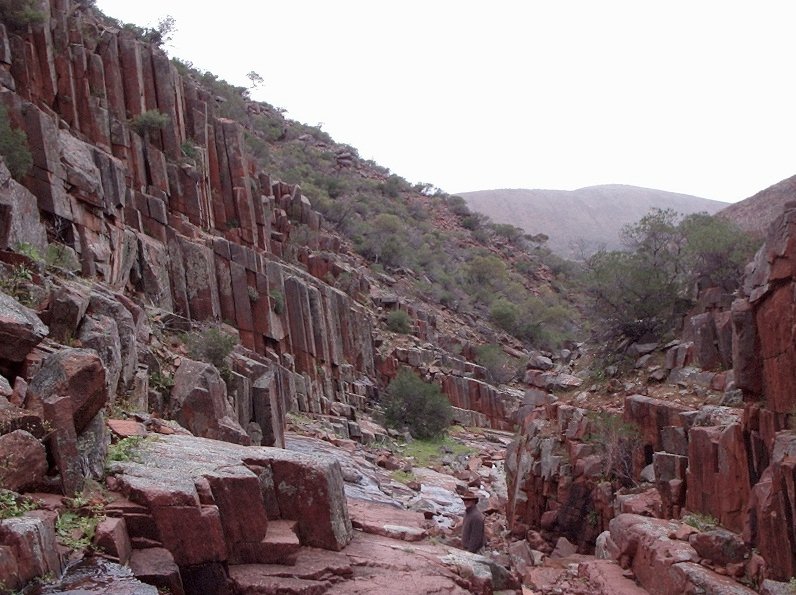
Beneath the rolling hills and sprawling plains of eastern Australia lies a sleeping giant. This supervolcano, unlike the towering peaks of Mount Etna or the fiery craters of Hawaii, doesn’t present itself in the form of a distinct mountain. Instead, it subtly stretches across the land, its presence marked by the rich volcanic soil and unique formations that dot the landscape. This hidden giant is a testament to the power and mystery of the earth’s inner workings, a reminder of the forces that continue to shape our world from beneath.
Volcanic Activity: The Sculptor of Landscapes
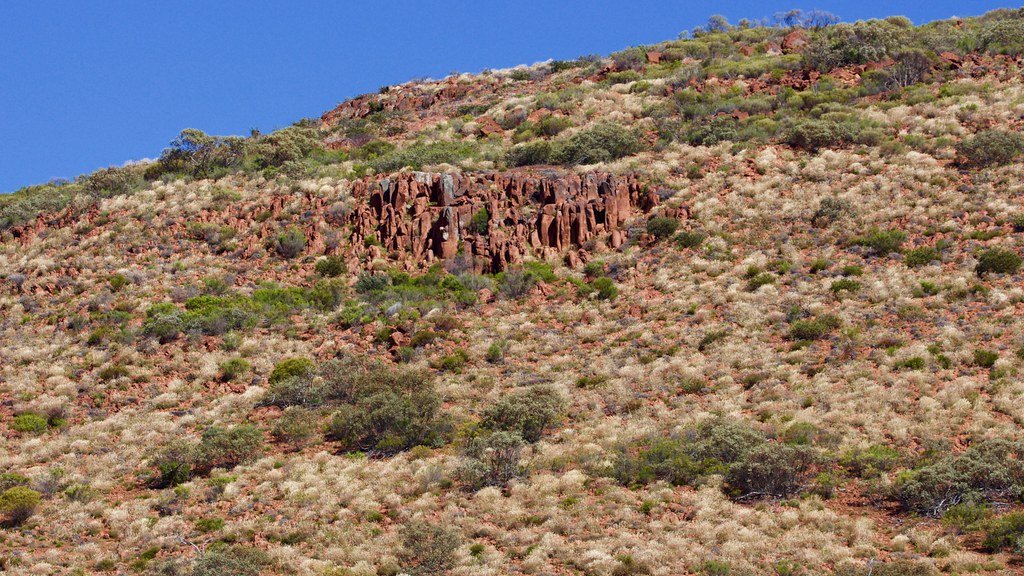
Volcanoes, often seen as destructive forces, are in fact nature’s sculptors. The supervolcano in Australia has, over millions of years, molded the land into its current form. Eruptions have spewed vast amounts of lava and ash, creating fertile grounds that support rich biodiversity. The landscapes, with their rolling hills and fertile valleys, owe their existence to the volcanic activity that once raged beneath. This process of creation and destruction is a dance as old as the earth itself, a testament to the dynamic nature of our planet.
A Journey Back in Time
To understand the impact of the supervolcano, one must journey back in time to when it was active. Imagine a world where the air was thick with ash and the ground trembled with the force of eruptions. These cataclysmic events were not just moments of destruction but also periods of renewal. As the volcanic activity subsided, life returned, adapting and thriving in the new environment. This cyclical nature of destruction and rebirth is a fundamental aspect of Earth’s history, illustrating the resilience of nature.
Fertile Grounds: The Gift of Volcanic Soil
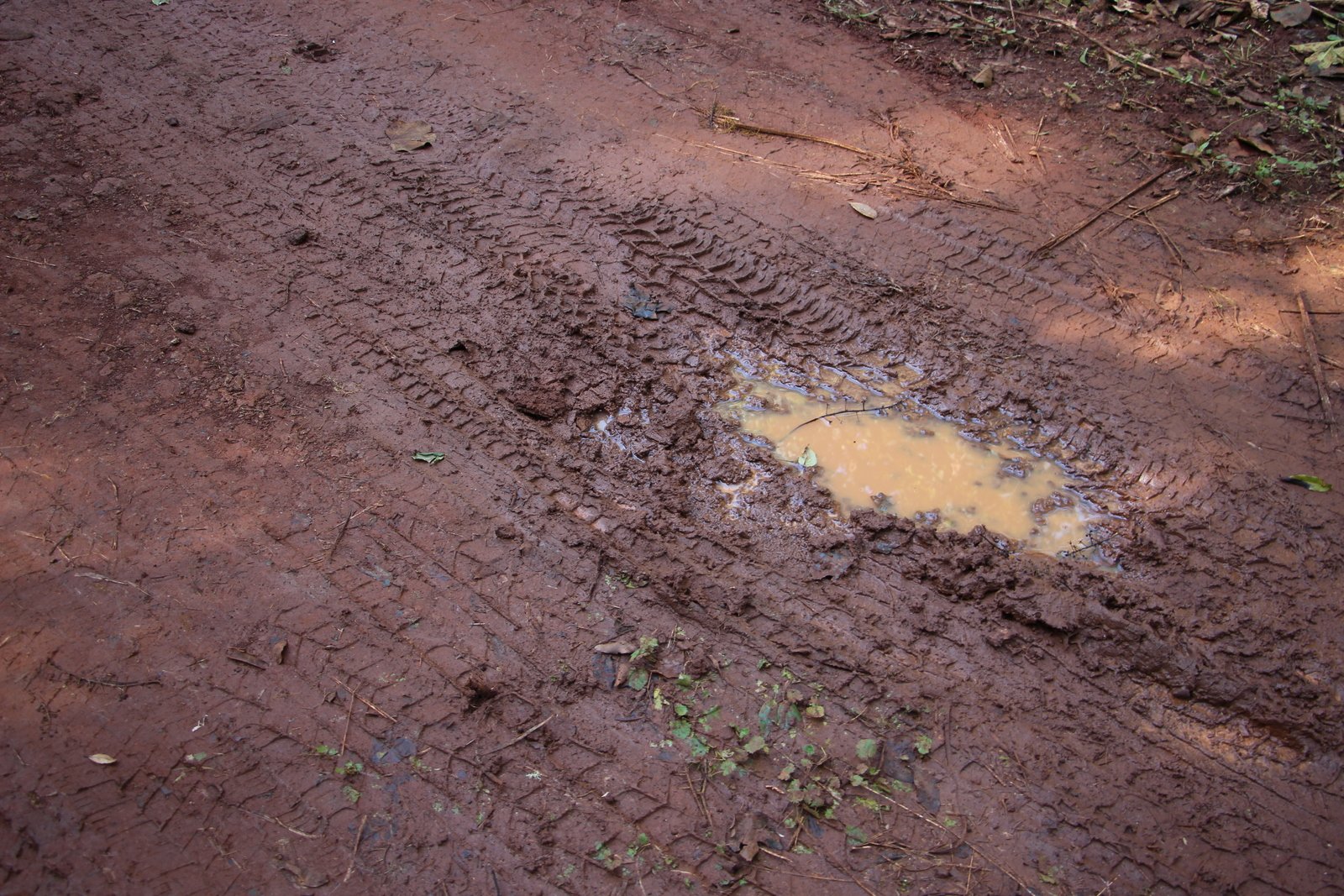
One of the most profound effects of the supervolcano’s activity is the creation of fertile soil. The ash and minerals deposited by volcanic eruptions enrich the soil, making it incredibly fertile. This has allowed for lush vegetation and diverse ecosystems to thrive. Farmers in eastern Australia benefit from this natural bounty, their crops flourishing in the nutrient-rich earth. The fertility of the land is a direct result of the volcanic past, a gift from the fiery heart of the Earth.
The Geological Puzzle
Understanding the supervolcano involves piecing together a complex geological puzzle. Geologists study rock formations, soil compositions, and seismic activity to unravel the mysteries of this ancient force. Each piece of evidence adds to our understanding of how this supervolcano came to be and its role in shaping the continent. This scientific detective work is crucial not just for academic knowledge but also for assessing future risks and understanding the potential for future volcanic activity.
The Silent Threat: Potential for Future Activity
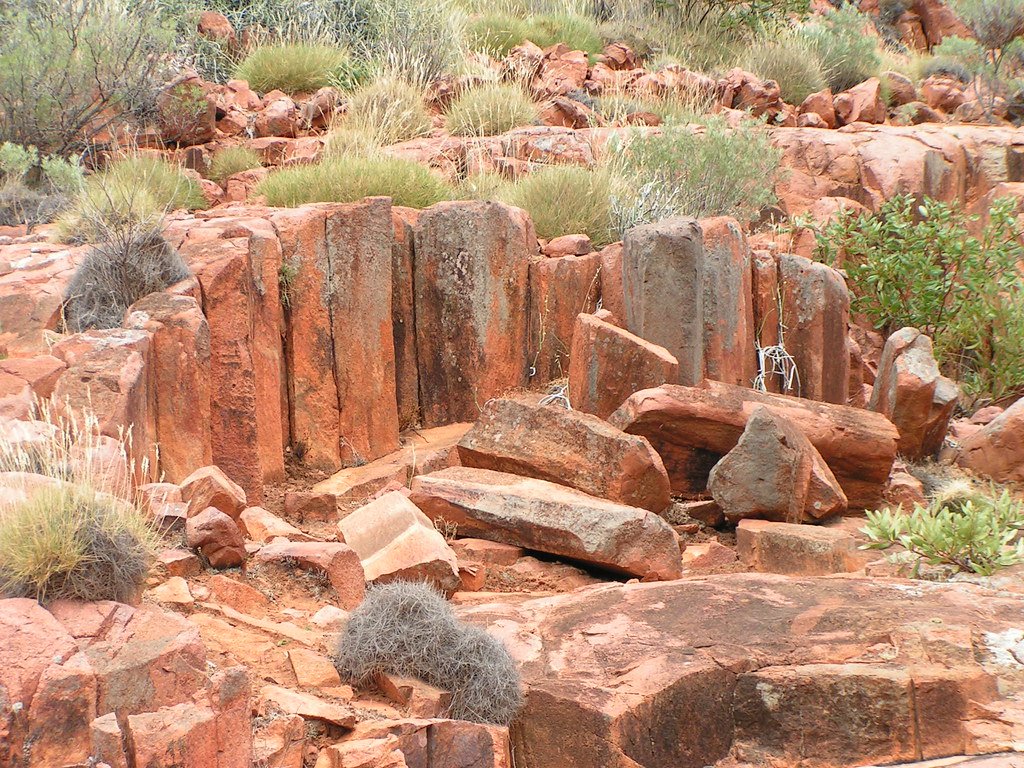
While the supervolcano has been dormant for millennia, the potential for future activity remains. Scientists monitor the region for signs of movement and changes beneath the surface. Though the chances of a major eruption are low, understanding the signs and preparing for possible scenarios is essential. This vigilance ensures that communities are ready to respond, minimizing risk and protecting lives. The silent threat of the supervolcano is a reminder of the unpredictable nature of our planet.
The Role of the Supervolcano in Climate

Volcanic eruptions have a significant impact on climate. The ash and gases released into the atmosphere can lead to temporary cooling, affecting weather patterns globally. The supervolcano in Australia, during its active periods, would have contributed to such climatic shifts. Understanding these historical impacts helps scientists predict future climate scenarios and assess how volcanic activity could influence global weather patterns. The interplay between geology and climate is a crucial area of study in understanding our planet’s future.
Connecting the Dots: Volcanism and Biodiversity
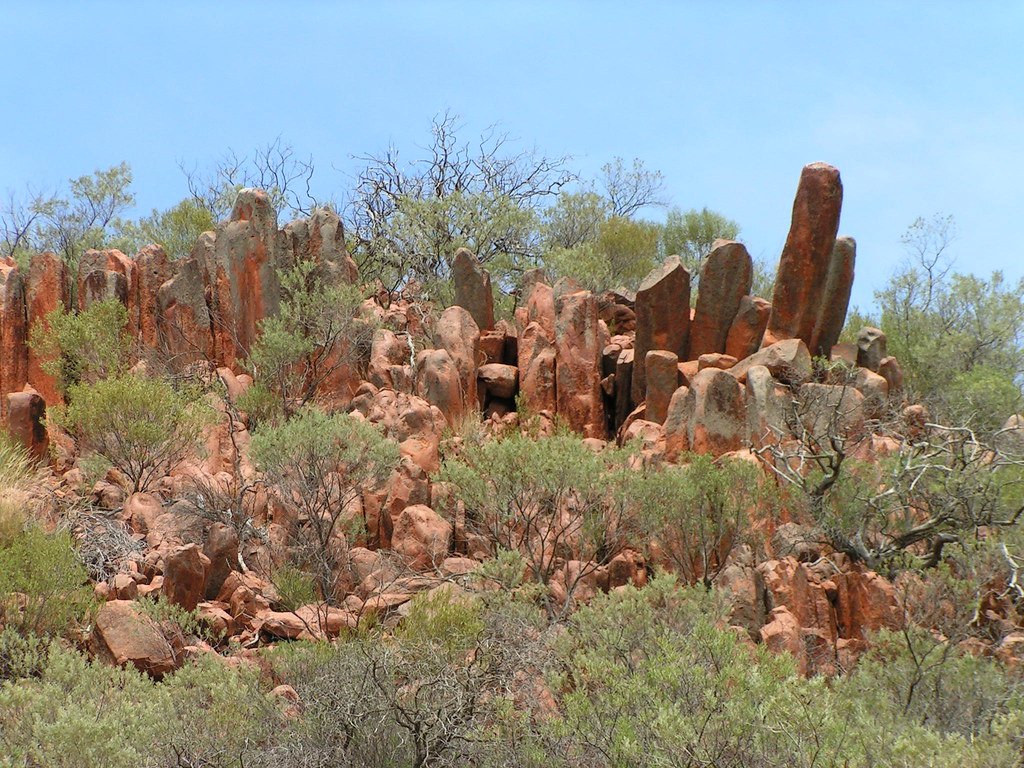
The relationship between volcanism and biodiversity is intricate and fascinating. Volcanic activity creates new habitats and alters existing ones, leading to the evolution of unique species. In eastern Australia, the supervolcano’s legacy is evident in the diverse flora and fauna that inhabit the region. This biodiversity is a direct result of the volcanic past, showcasing the interconnectedness of Earth’s systems. The supervolcano, though dormant, continues to influence the natural world in profound ways.
Lessons from the Past
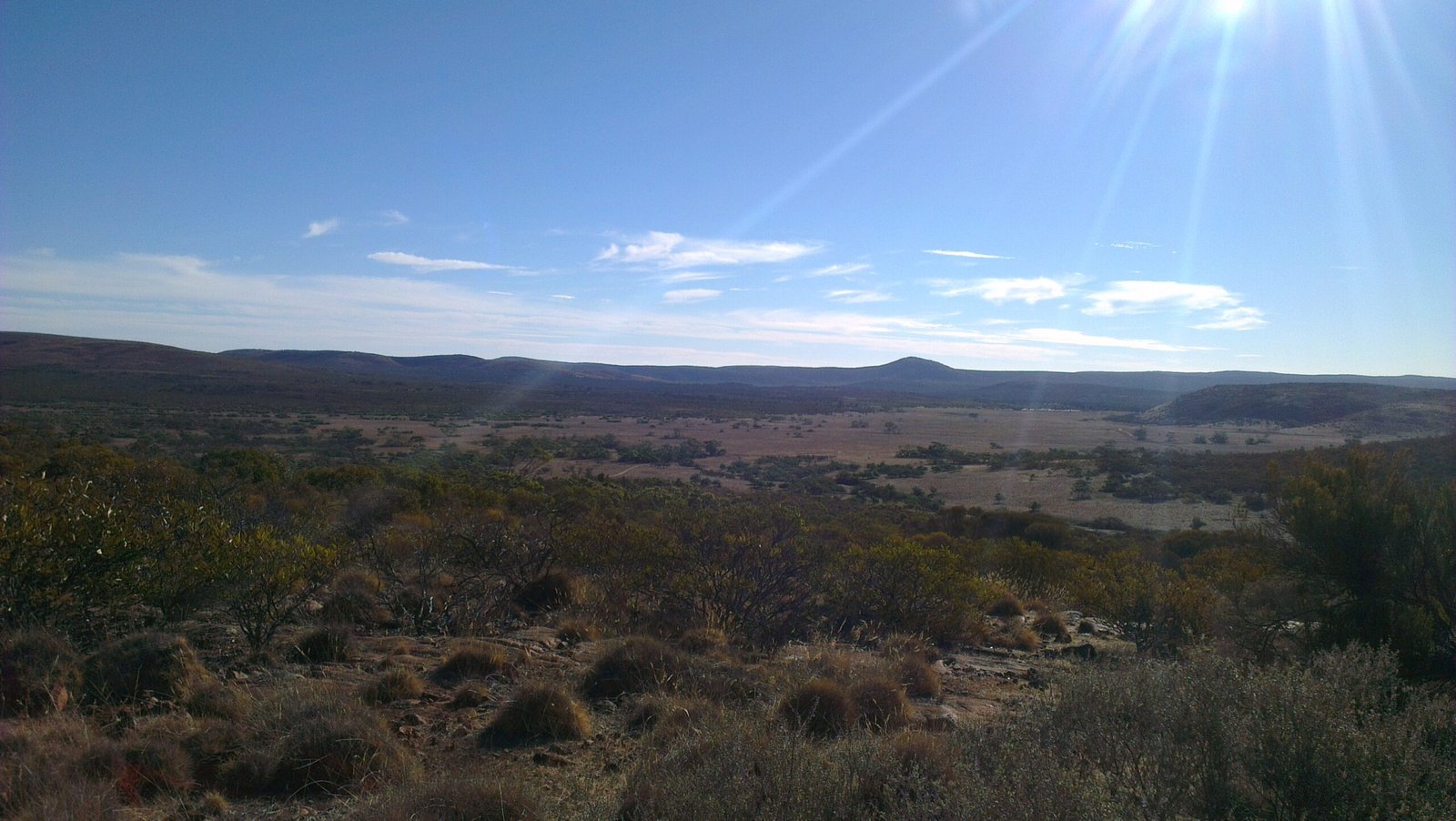
Studying the supervolcano provides valuable lessons about Earth’s history and the forces that shape it. By understanding past volcanic activity, scientists can better predict future events and mitigate potential risks. This knowledge is critical for protecting communities and ecosystems from the unpredictable power of nature. The supervolcano serves as a reminder of the delicate balance between destruction and creation, a balance that defines life on Earth.
Embracing the Unknown
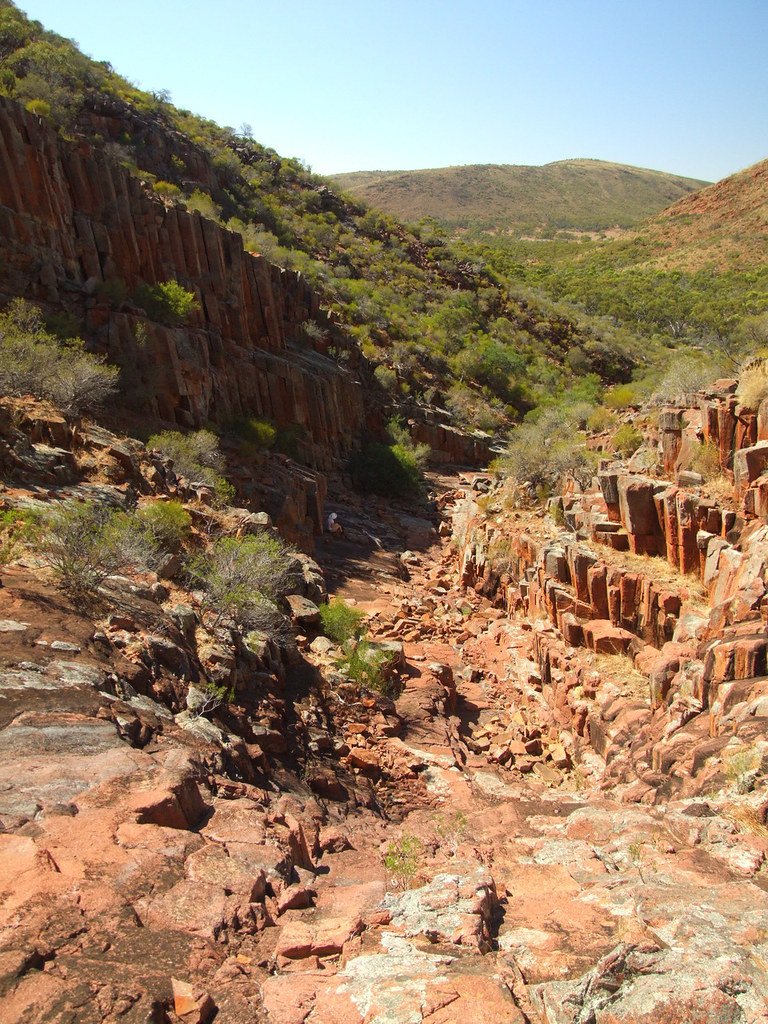
The story of Australia’s supervolcano is one of mystery and discovery. As we continue to explore its secrets, we are reminded of the vast unknowns that lie beneath our feet. This exploration is not just a scientific endeavor but also a journey of wonder and awe. Embracing the unknown is at the heart of scientific discovery, driving us to uncover the mysteries of our world. The boiling heart of Australia invites us to delve deeper, to understand more, and to appreciate the incredible forces that shape our planet.


